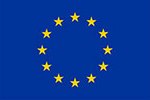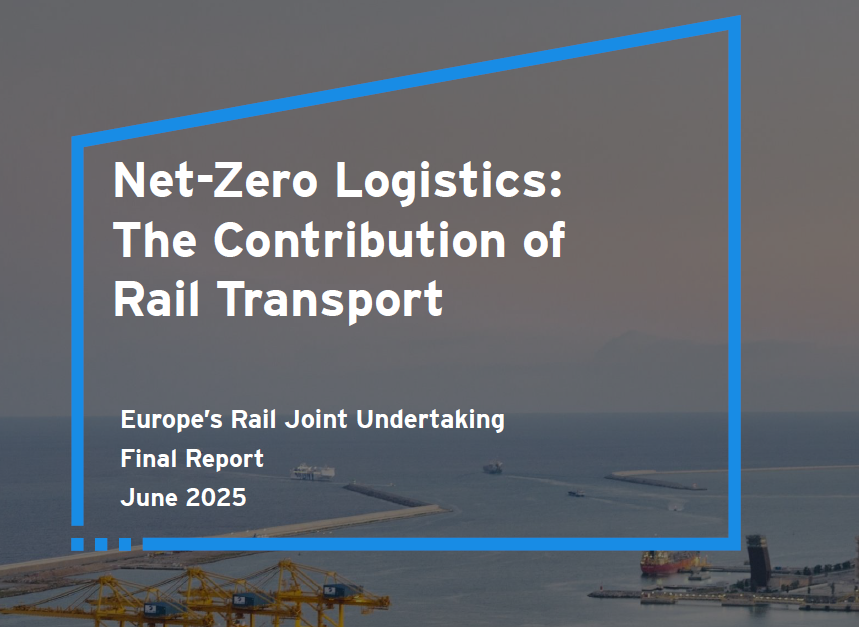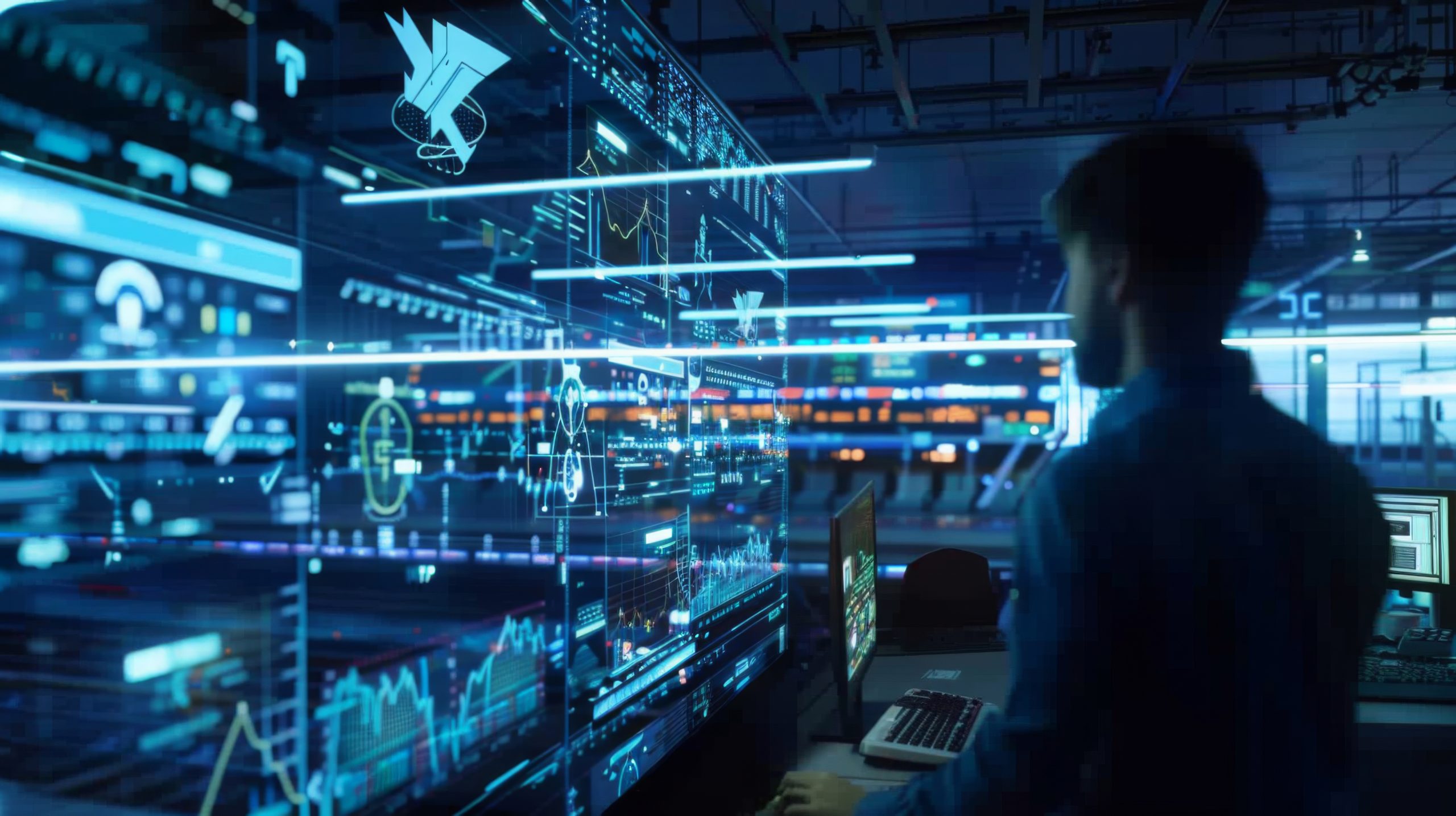Europe must take decisive steps to simplify and modernise its rail systems to strengthen competitiveness,...
Additional published documents
FP2 R2DATO Newsletter N°1: July 2025
This first newsletter brings together all the latest updates from the project.
For your information, a new edition will be published ahead of each SIPB meeting to share progress and key developments.
Remote and Autonomous Tram Operations: R2DATO Demonstration in Oslo
The Europe’s Rail FP2 R2DATO project is developing cutting-edge technologies to enhance digitalisation and automation in the rail sector, aiming to improve safety, flexibility, capacity, and cost-efficiency. These innovations are applicable across all rail segments, including urban light rail.
Within R2DATO, partners CAF and SVT are demonstrating remote control and autonomous shunting functionalities using two modified SL18 trams at the Holtet depot in Oslo. The remote operation allows an operator to control the tram from a compact desk, streamlining activities such as startup, functional tests, maintenance shunting, and shutdown without needing to be physically on board.
The system builds upon results from previous projects (X2Rail-4, TAURO, CONNECTA) and uses video streaming technologies. It is designed to work even when ATO or ATP systems are faulty, ensuring safety through self-protection features managed by the TCMS.
The next phase of the project will focus on demonstrating full autonomous tram operation in depots by the end of R2DATO.
FP2-R2DATO Mid-term event video
Video review of these two days of events
Advancing Automated Train Operations with Real-World Brake and Adhesion Tests
As part of the FP2-R2DATO project under Europe’s Rail, Knorr-Bremse, Deutsche Bahn, and DB Systemtechnik have successfully conducted advanced tests on brake systems and wheel/rail adhesion management aboard the TrainLab. The focus was on improving safety and efficiency for future driverless operations, especially under low adhesion conditions like in autumn.
Key innovations include optimized braking algorithms, improved wheel slide protection, smart sand application strategies, and real-time adhesion monitoring. Data collected can also support infrastructure maintenance and better traffic planning.
These tests mark a major step toward automated rail operations and increased network capacity, while exploring simulation-based testing for future developments.
AFFI Event_Presentation_Simulation Automatic Train Operation (ATO) – Grade of Automation 2 (GoA)
Europe’s Rail Joint Undertaking (ERJU), Rail to Digital up to ATO (R2DATO) aims to demonstrate the contribution of specific technologies to innovation in rail signalling systems. The ‘modelling techniques’ working group aims to demonstrate the contribution of these approaches in ATO (Automatic Train Operation) use cases.
Although widely deployed in urban networks, train automation according to the European ATO standard remains underdeveloped in the context of heavy trains, despite ongoing projects, encouraged by its inclusion in the technical specifications of the European train control system. Modelling and simulation tools play a key role not only in verifying the consistency and completeness of the standards, but also in obtaining a vision of the system that is shared by all the players involved.
In the context of train automation, these tools are also useful for estimating the gains made by the ATO system, which are only partially assessed at present.
Various modelling techniques are presented as part of this work: control command algorithms, co-simulation, 3D environment modelling, development security and artificial intelligence.
Another objective of this work is to quantify the energy savings achievable with a GoA2 ATO using a model-based approach, in line with European standards. A simulator has been developed using Matlab/Simulink and includes an ATO model inspired by the scientific literature. The ATO generates an energy-optimal speed profile extracted from a graph representing a set of profiles with travel time and energy consumption parameters. The optimal profile is tracked using a predictive controller (MPC). The train’s automatic driving performance was then compared with that of manual driving in the field, including with the assistance of a DAS.
This simulator was used to estimate an energy saving thanks to ATO compared with manual driving.
AFFI Event_Presentation EU-Rail SP & IP FP2-R2DATO
This document places the FP2-R2DATO project in the broader context of EU-Rail, a European initiative aimed at harmonising and digitalising the rail system via two pillars: the System Pillar and the Innovation Pillar.
AFFI Event_ Presentation ATO up to GoA4 and FP2 R2DATO
This document presents the work carried out as part of the FP2-R2DATO project, which focuses on the development of rail automation technologies up to GoA4 level (Automatic Train Operation without driver).
The aim is to increase the performance, safety and responsiveness of the European rail system through a modular architecture including automatic driving, perception and telecontrol modules.
FP2 R2DATO: Project Video
FP2-R2DATO, an EU-funded project, aims to transform rail infrastructure through digitalization and automation.
The goal? Boost rail capacity and efficiency by integrating cutting-edge technologies:
– Automatic Train Operation: autonomous trains for better punctuality and reduced energy consumption.
– Smart Obstacle Detection: sensors and cameras ensure real-time safety.
– Absolute Safe Train Positioning: optimized traffic management for smoother operations.
– Multiconectivity systems: seamless communication between trains and control centers.
– Advanced Data Processing: a smarter, more responsive rail network.
– ETCS HTD and Moving Blocks technology : increased line capacity by safely reducing train spacing.
By bringing together Europe’s top experts, FP2-R2DATO is shaping the future of rail for safer, greener, and more efficient transport.
Watch the video to see how FP2-R2DATO is redefining the trains of tomorrow!
Norwegian media : When Technological Innovation Revolutionises the Oslo Tramway
Oslo is launching an innovative project with the introduction of the ‘Datatrikken’, a tram equipped with cameras and sensors, whose technology includes Lidar. The project, led by Sporveien in collaboration with Spanish manufacturer CAF, is part of a European research programme and is a first in Europe. The aim is to improve the safety and fluidity of public transport using driving assistance systems inspired by the aids already present in modern cars.
The functionalities developed include automatic emergency braking, avoidance of sudden braking and adaptation of speed according to the areas travelled through. Data collection, scheduled from February 2025 to September 2026, will be limited to 90 minutes per day. Although these recordings may capture faces and number plates, the authorities guarantee respect for privacy, with data anonymisation after six months and the possibility for data subjects to request their deletion.
This initiative aims to improve the reliability of the tram network, reduce delays and contribute to research into urban mobility, marking a step towards safer and more efficient public transport.
FP2 R2DATO Mid Term Event Presentation
Please find attached the presentation for the two half-days of the Mid-Term Event of the FP2 R2DATO project, which took place on 5 and 6 February 2025 in Malaga.
FP2 R2DATO Mid Term Event Poster
Please find attached the posters for the two half-days of the Mid-Term Event of the FP2 R2DATO project, which took place on 5 and 6 February 2025 in Malaga.
Nouvelle-Aquitaine: A Key Region for European Train Geolocation
On February 7, 2025, the Charentes-Périgord industrial Technicentre hosted the inauguration of the first renovated TER trains, alongside the launch of a new geolocation experiment led by Tech4Rail within the Europe’s Rail FP2-R2DATO project. After initial tests in 2023, Tech4Rail is conducting further trials with a BGC train equipped with geolocation systems from Alstom, Airbus, and Exail, running until the end of 2025.
The objective is to evaluate the performance of satellite-based train positioning and its potential integration into safety systems like ERTMS. This initiative is a collaboration between railway and space sector stakeholders, including the European Space Agency (ESA). Funded by the EU, these trials contribute to FP2-R2DATO, which focuses on rail system digitalization and automation. The expected benefits include improved transport reliability, increased network capacity, and reduced energy consumption, with additional applications like infrastructure monitoring also being explored.
















